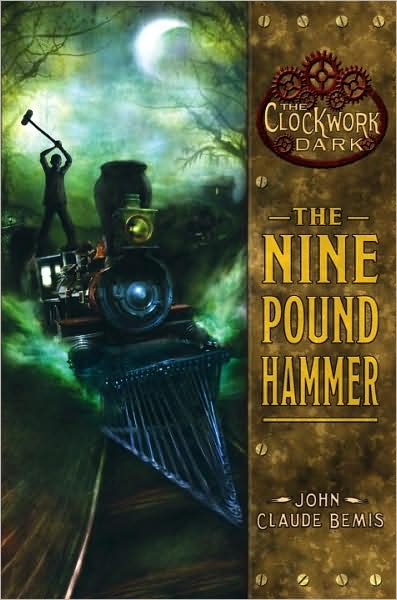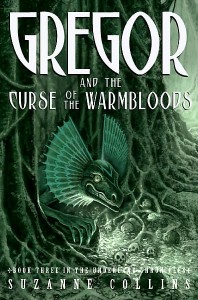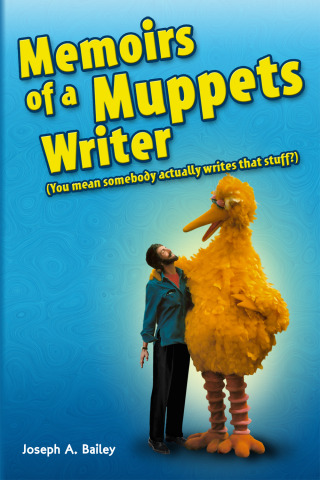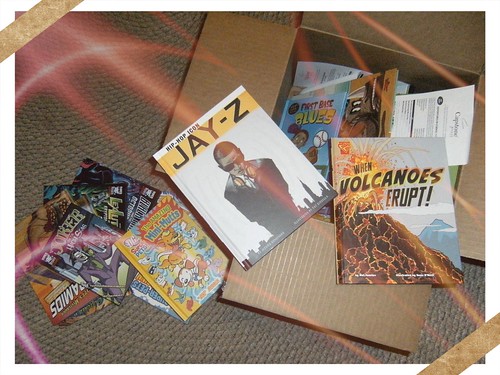Regular readers here (hi, you!) know that I am reading the Gregor the Overlander series by Suzanne Collins with my youngest son. We have just finished up the fourth book — Gregor and the Marks of Secret — and are now starting the final book in the series, Gregor and the Code of Claw. The Marks of Secret has been the darkest of the bunch, no doubt about it. A quick summary of the series: Gregor is a 12 year old boy who falls through a grate in New York City, finds an entire underworld of humans and creatures below the surface, and is hailed (and feared) as the Warrior of various prophecies carved into a wall.
The rats emerge as the clear nemesis in this fourth book. Collins also alludes to the Holocaust in no uncertain terms, as the rats (the gnawers) are driving the mice (the nibblers) to their death by forcing them into a volcanic area known as the Firelands where the poisonous gasses are killing the mice by the hundreds. Gregor and his friends are on a mission to the stop the rats, and save the mice. There is no resolution of that storyline in the fourth book, as Collins is clearly setting up a confrontational plot line for the end of the series.
I think I mentioned last book: I am ready to leave the Underland, but my son isn’t, so I am staying with it. The writing is fine, and Collins does a decent job with character development, but the dark overtones of the setting and story weigh on me as a reader. The death of characters in each book is sad. And although the book has not crossed any lines for the young ears of my son, I worry about it. He seems fine, though, and is rooting on Gregor and the good guys with all of the enthusiasm of a good listener/reader. And so, I keep going.
Peace (in the overland),
Kevin







